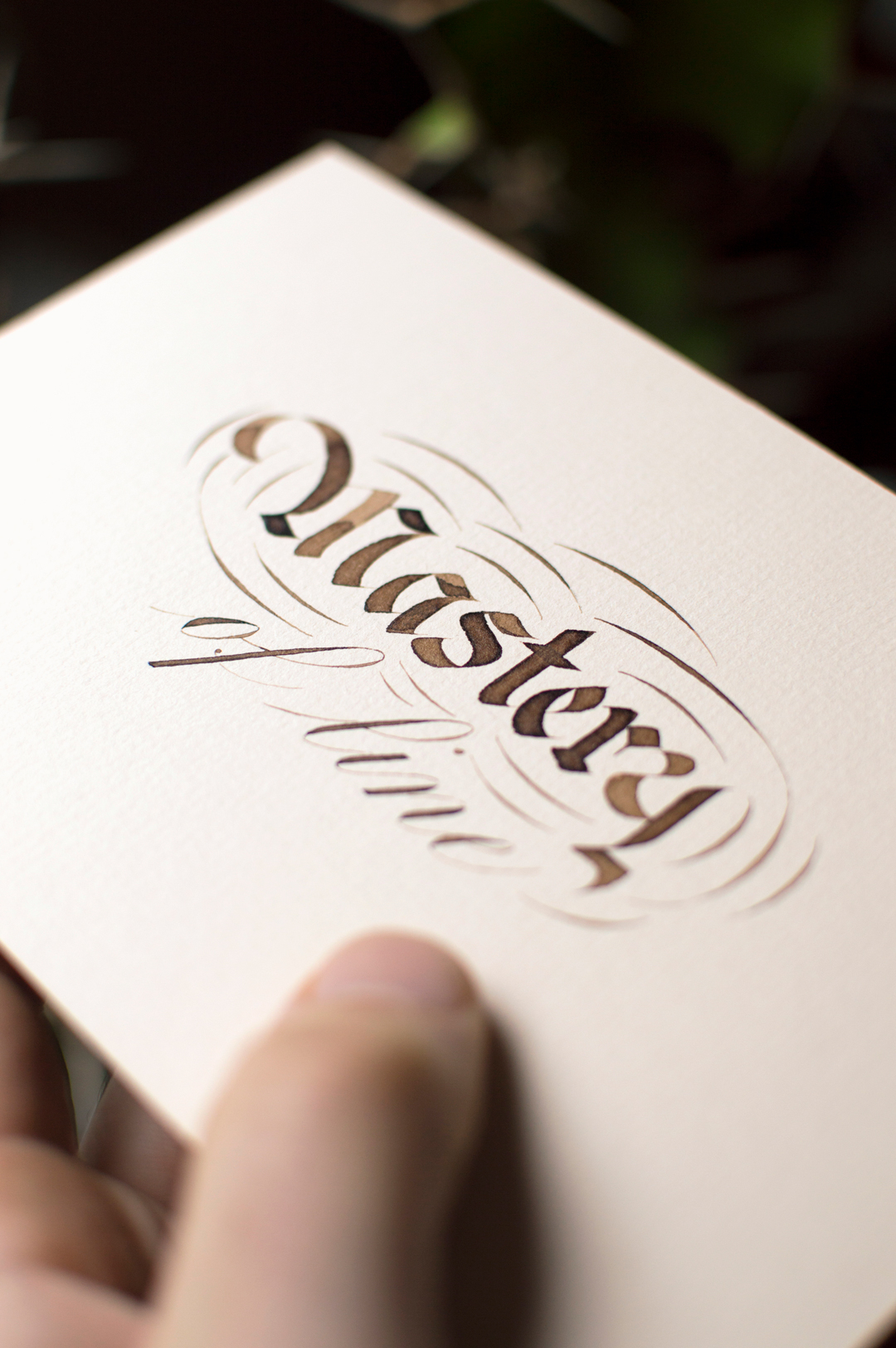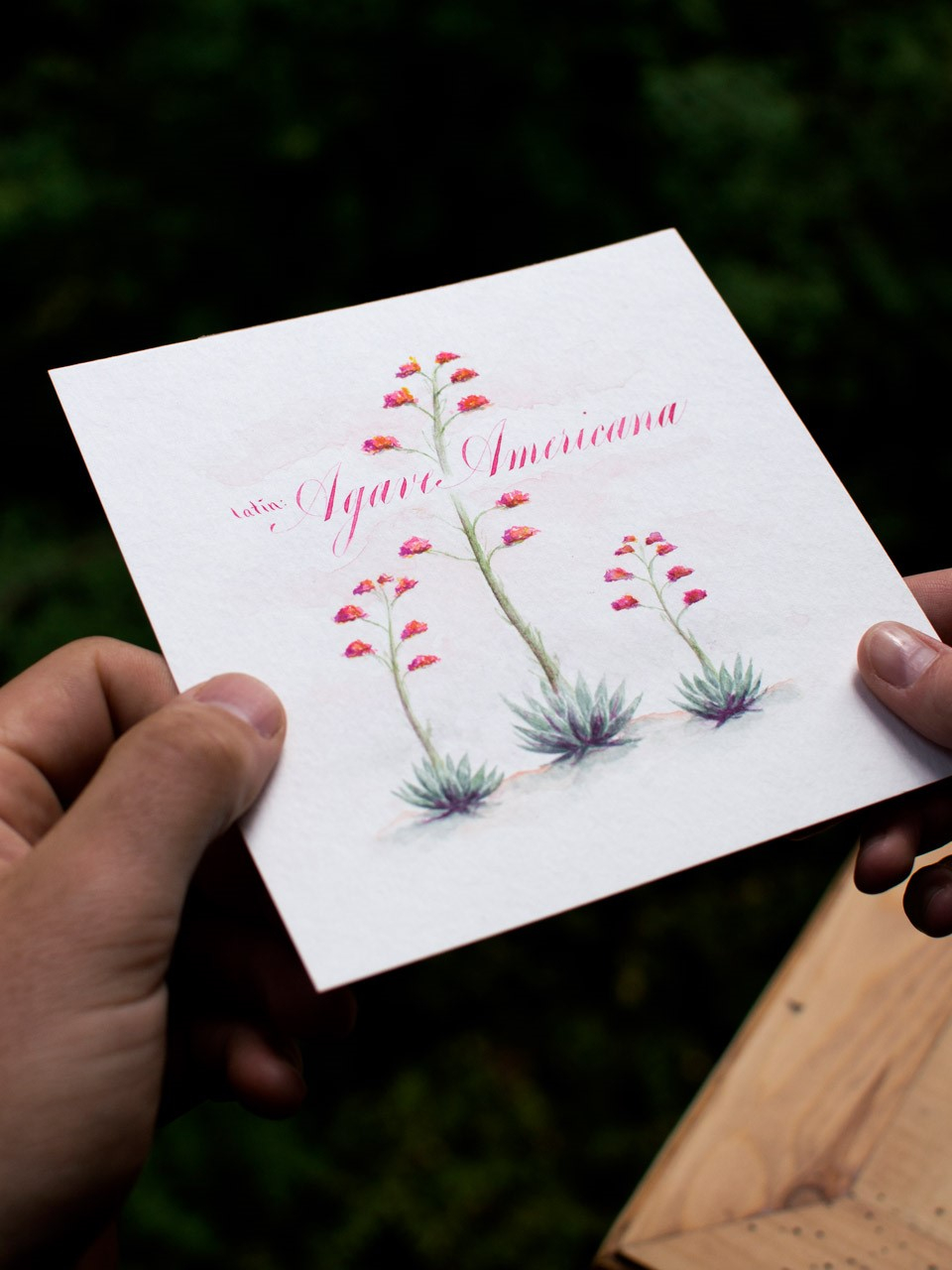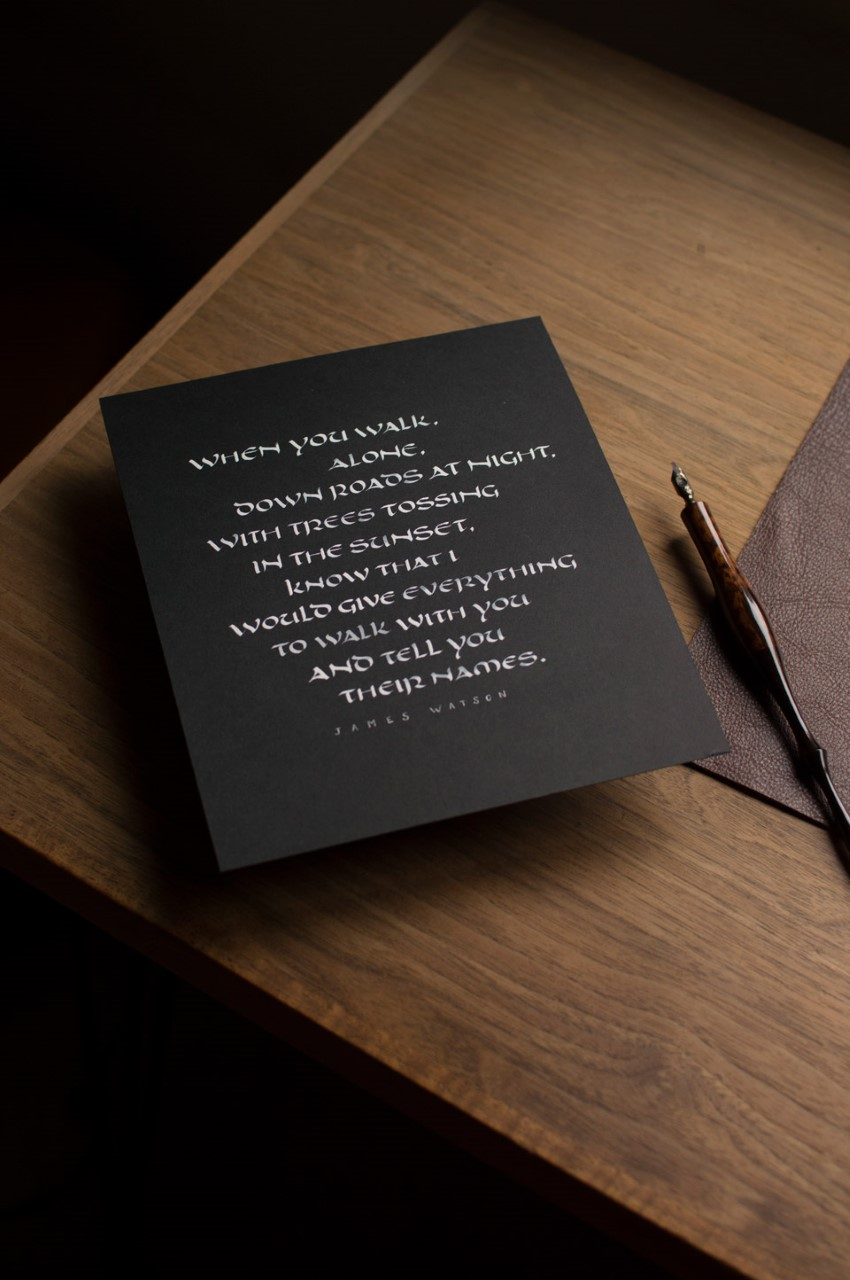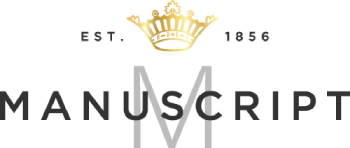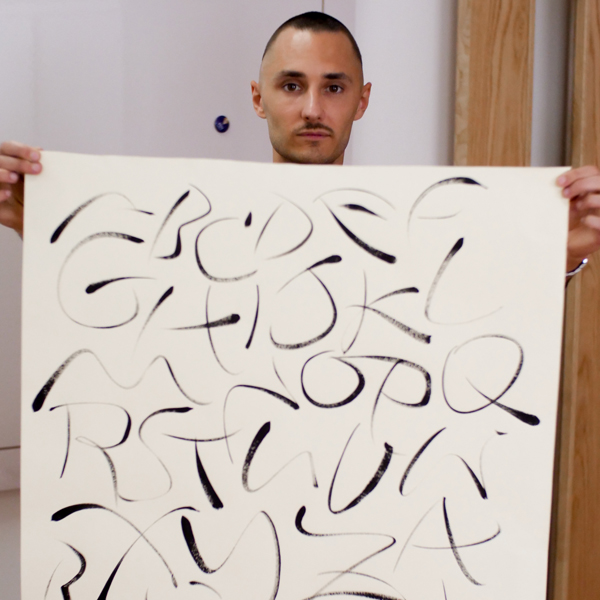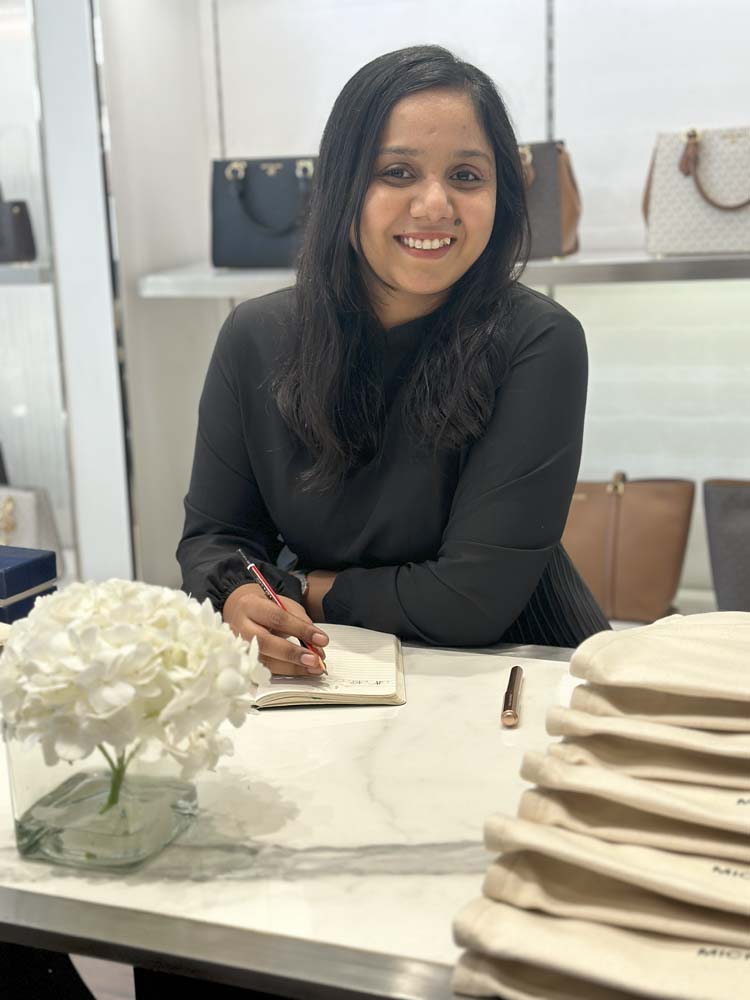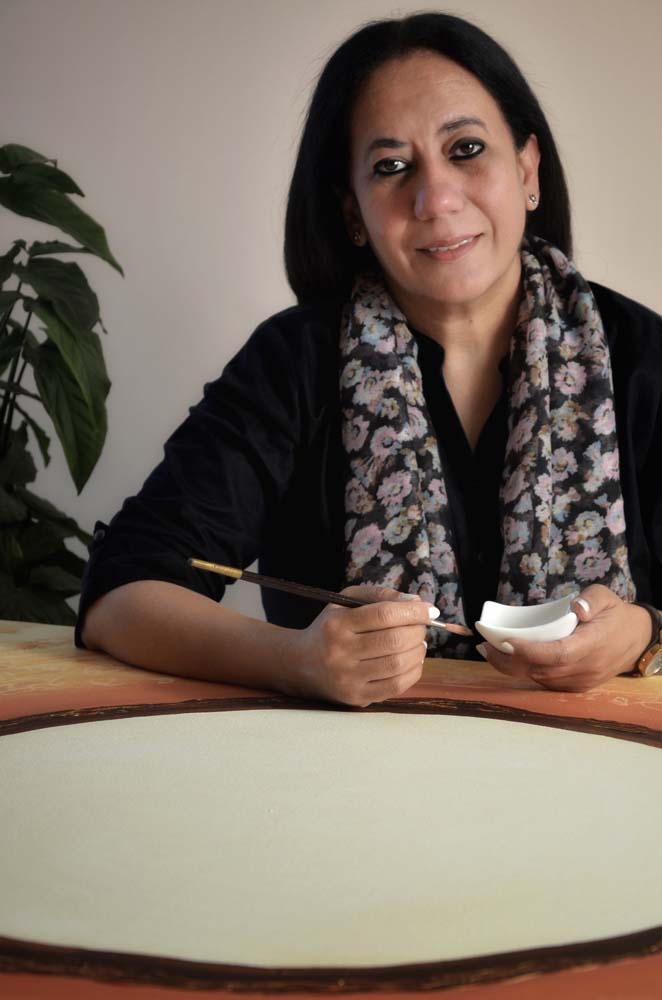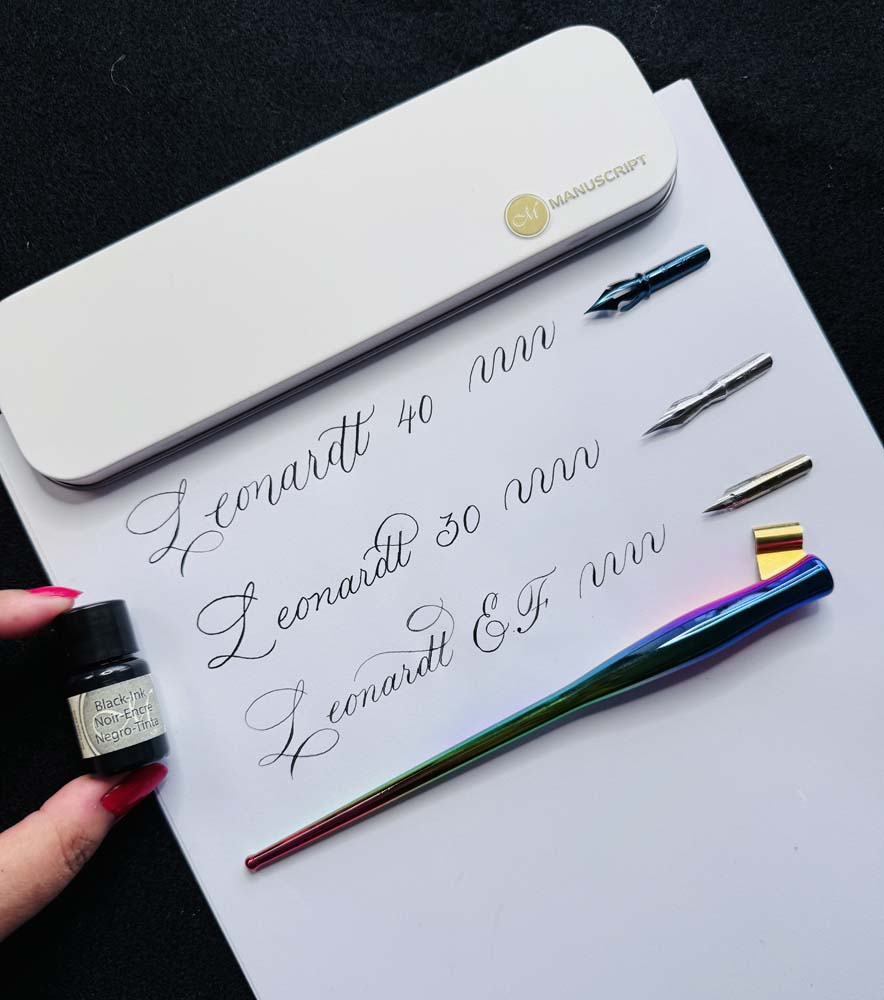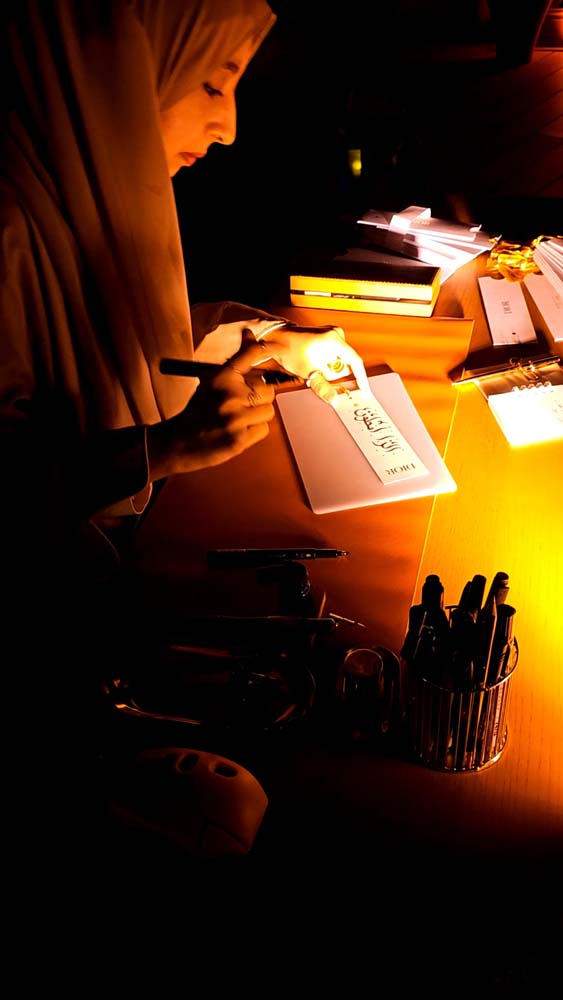Would you define yourself more as a calligrapher, a designer or a lettering artist?
If I could call myself anything, it’d be a penman. I like that term because it refers to what you do your work with, rather than what kind of work you do, which gives me room to change and grow with my tools. Oddly enough, a lot of the old penmen used to call themselves designers, so I think there’s a lot of cross over. I worked as a designer for several years before getting into calligraphy and I continue to use my design education today to solve layout problems, select colors, etc.

In your professional career do you see calligraphy as a necessity or something you got interested in while working as a designer? What is calligraphy for you and how much does it inform your work?
I’ve transitioned my entire business to be calligraphy centered over the last couple of years. I travel and teach calligraphy workshops, I have students in the area that I meet with weekly, and I accept commission work. I think a couple of years ago, the intent was to add calligraphy to my bag of tricks and go back to being a designer who could use it in other projects, but calligraphy has a way of grabbing a hold of you. I started to dip my toes, and suddenly I was up to my neck in the middle of the ocean. I don’t worry that I would have been more successful as a designer, or had a better life. I enjoy what I do every single day, and that is what’s important to me.
Calligraphy has definitely changed the way that I consume design, especially the way I understand and perceive typography and lettering styles. I notice script everywhere I go, and I’m constantly stopping to step closer to a shop window that might have been hand-painted, or snapping photographs of people’s handwriting. Luckily most of my friends are artists or designers, so they don’t mind too much.
What did calligraphy teach you?
I think it’s taught me that I could succeed at anything I can grow to be passionate about. I’m not sold on that I’ll be ‘a calligrapher’ my entire life. It’s certainly something I’d like to keep doing, but I think my accomplishment with it has helped me to realize that I’m not destined for any one thing. I get to pick where my life goes and what I do with it. I picked calligraphy, I could just as easily decide to move back to Arizona and work on a ranch. That’s a powerful realization because choosing to stick with something is different than being afraid to change. I’m not afraid to change myself anymore. That’s thanks to calligraphy.
What is the most difficult thing in doing calligraphy? What is the most rewarding one?
There are certain scripts that are much more complex than others in terms of ductus (direction and order of strokes). I think Engrosser’s Script has caught my eye because it’s been particularly challenging for me, and I thrive off of that difficulty. There’s nothing more fulfilling than looking at something that you’ve just done and realizing that you’ve not only improved on your ability to do it, but improved on your ability to understand it.
That’s something that is sorely missing in the calligraphy world, there are tons of people who are proficient in the scripts they specialize in, but sparingly few who understand the scripts as well as they could if they just took the time to be silent and look. I’ve found several people who enjoy the analysis of writing as much or more than the actual act, and I have a lot of respect for individuals like that. Critical thinkers.
Lettering and Calligraphy, where does each one start and end? Would you recommend beginners to start with lettering first?
Well, it’s tricky, because ‘lettering arts’ definitely encompasses ‘calligraphy’. I’ll go ahead and assume you mean lettering as in “the drawing of letters with a pen or pencil, etc.” and I think they’re best learned in tandem. If you take the time to diagram your scripts, you’ll find that there are a lot of aspects to each script that are lost in the moment of execution. Lettering calligraphic hands is a great way to learn how and where certain things are happening geometrically with your forms. It opens up the letter and lets you zoom in for longer lengths of time than writing does. You might take five minutes to draw a stroke that takes less than a second to make.
I would recommend that beginners start with a simple broad edge calligraphic hand like Italic, Foundational, or Uncial. I think this gives you a pretty good idea of what it’s like to sit and write for long periods of time, without asking too much from you in terms of tool manipulation or advanced understanding of spacing. Lettering can (and in my opinion, should) be practiced in addition to your script study, but it’s certainly not a prerequisite. It’s all a matter of what you intend to make with your skills once you’ve developed them.
What should a beginner in calligraphy know before starting this path?
Calligraphy is a really great way to learn more about yourself. There are parts of it that are fun, and parts that are not-so-fun. If you have the discipline and self-awareness to find a way to break through those not-so-fun parts, you’ll start to realize that it’s a really powerful way to communicate with other people. Until you get to that point, I think you’re missing out on a really large part of what makes calligraphy so great. Keep working.
What are your current or future projects?
This year, I’ve been focused on creating quality educational materials, at the expense of some larger projects that I’ve had planned for a while. I think that as I start to really solidify my stance on Engrosser’s Script, I’ll feel more equip to tackle projects that I can leave behind when I’m gone. In the meantime, I’m writing a book on script writing, which is titled Dreaming In Script, that I hope to release in late 2017. It covers many of the internalized struggles that I’ve met when working on my script over the past couple of years and I believe it will help a lot of people to feel more validated in their challenges.
What are your favourite calligraphy/lettering tools? Is there a tool you always take with you?
I love my oblique pen. My favorite nib is a Gillott 604 EF, which is hard to find, but worth the search. I practice most frequently in walnut ink, Higgins Eternal Black ink, or watercolor, and enjoy the W&N line of Designer’s gouache. My go to practice paper is Lined Rhodia Ice (Because the ruling lines are light grey), and for finished work, I love Arches 90lb hot pressed watercolor paper.
I have a small bag that I pack with the basics when I travel. I try to leave things like brushes and such at home so that they are protected and well taken care of. One tool I’ve been absolutely mad about the last few weeks is my Luthis Folded Pen. I really enjoy working with it because the strokes can be very gestural and free. It’s a nice contrast to the structure of my other hands.
David recently tried some of our Leonardt DP111 nibs which he used to draft the artwork below. We also hear that he’s been using our Manuscript red wax seal on everything from letters to calligraphic colleagues to sealing his rent cheque! David had this to say:
“The wax seal is really quite a novel thing. There is something really satisfying about lifting it after your wax has cooled to see a wonderful impression, and I definitely recommend anyone considering giving one a shot to try the Manuscript products. Be forewarned, though. You’re gonna need extra wax. It’s addictive!”
To find out more about David, visit his website here.
